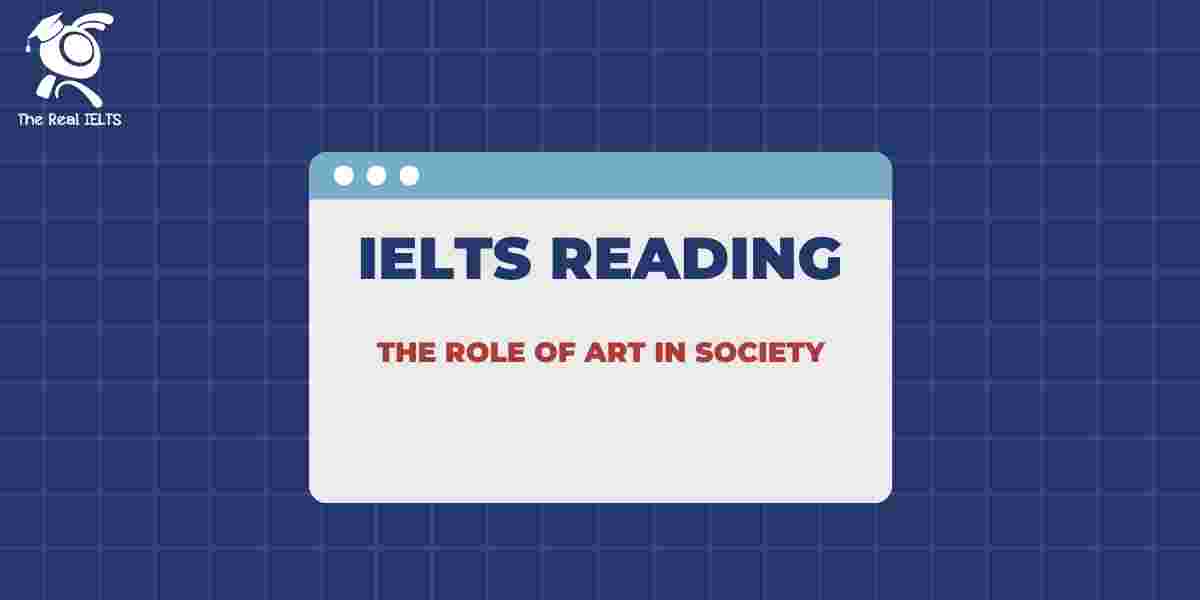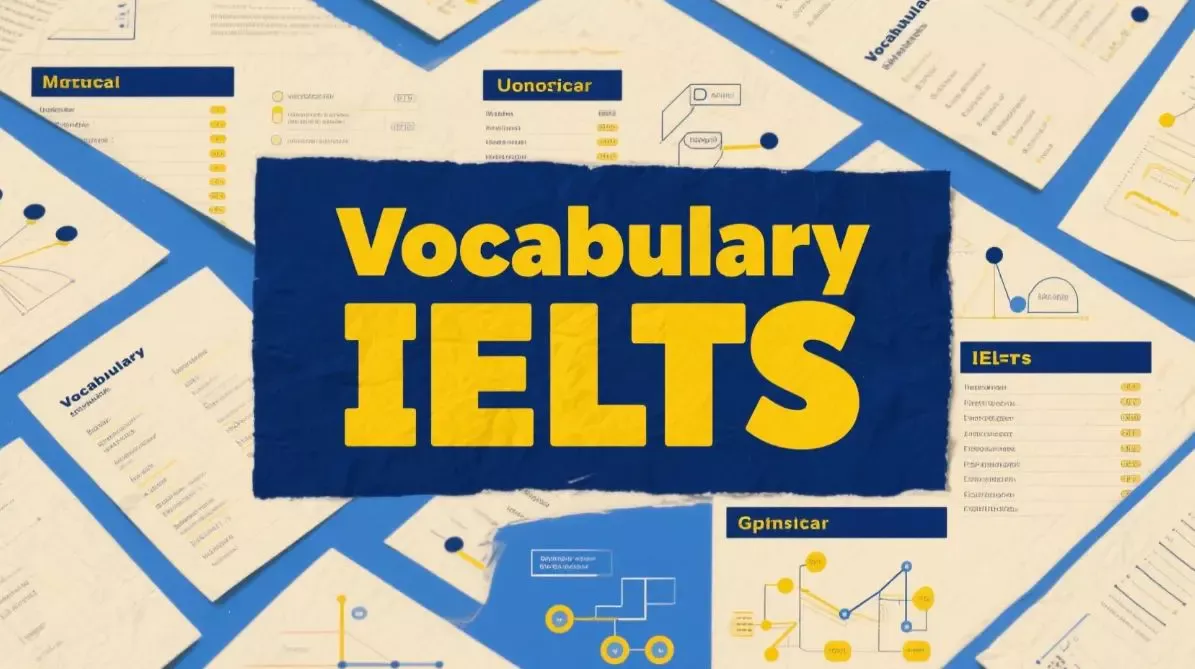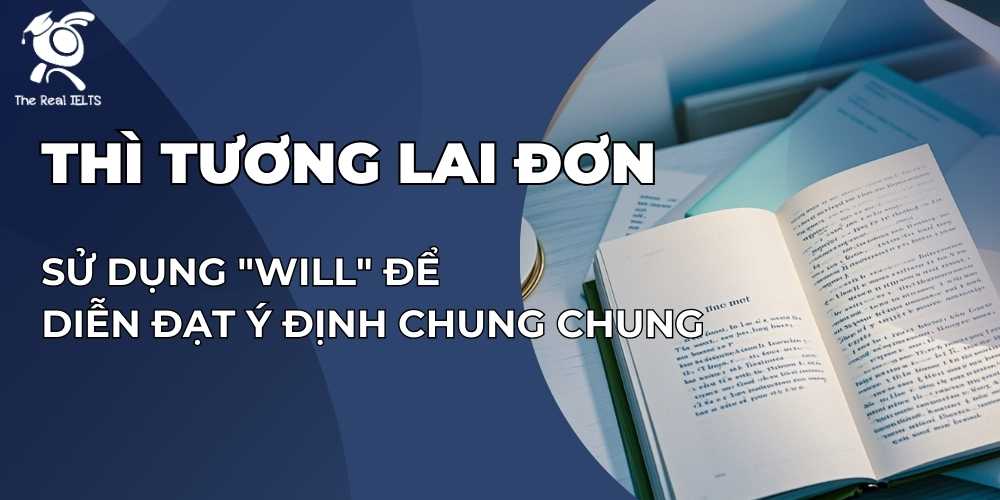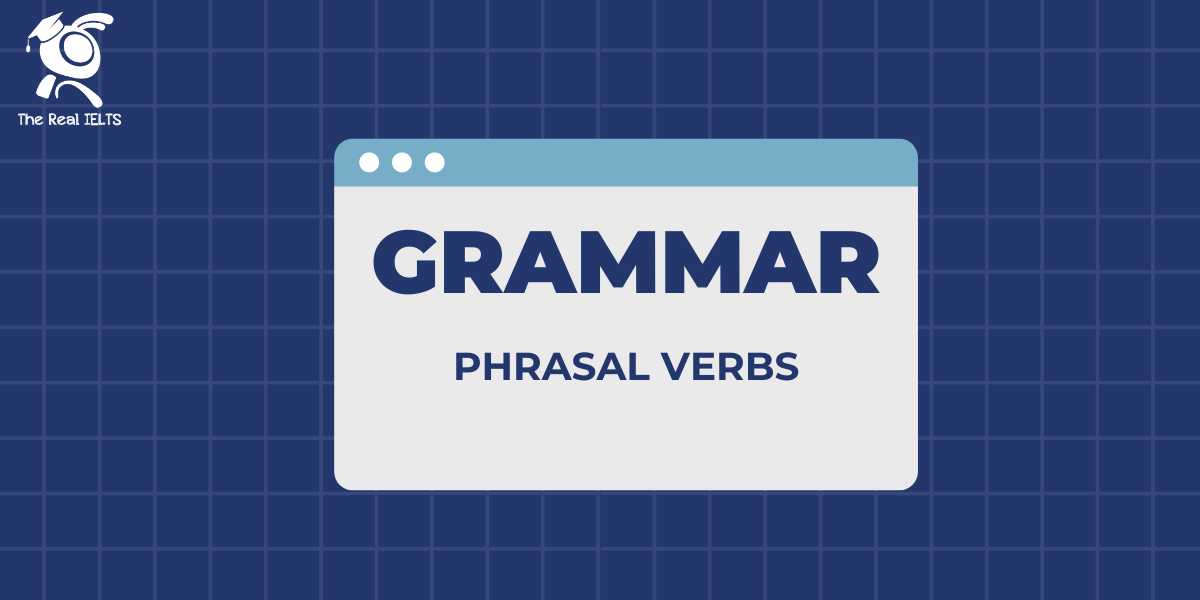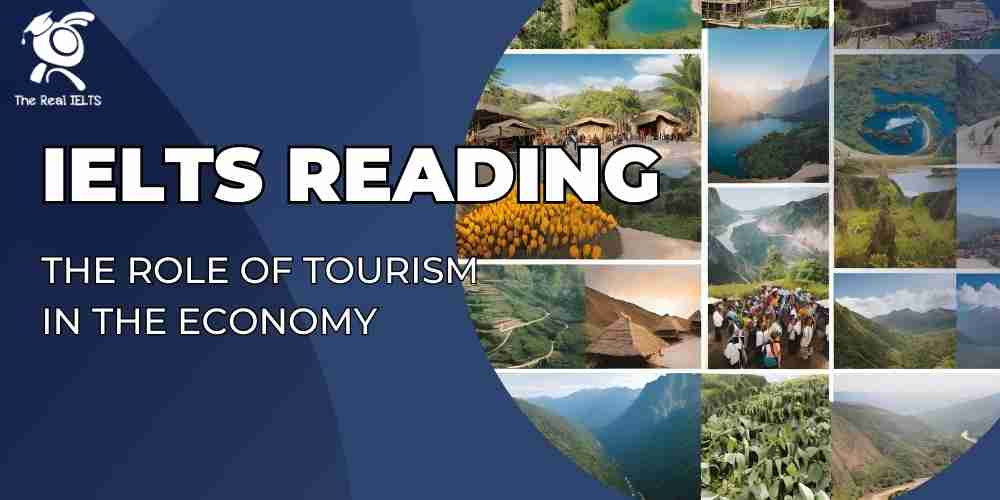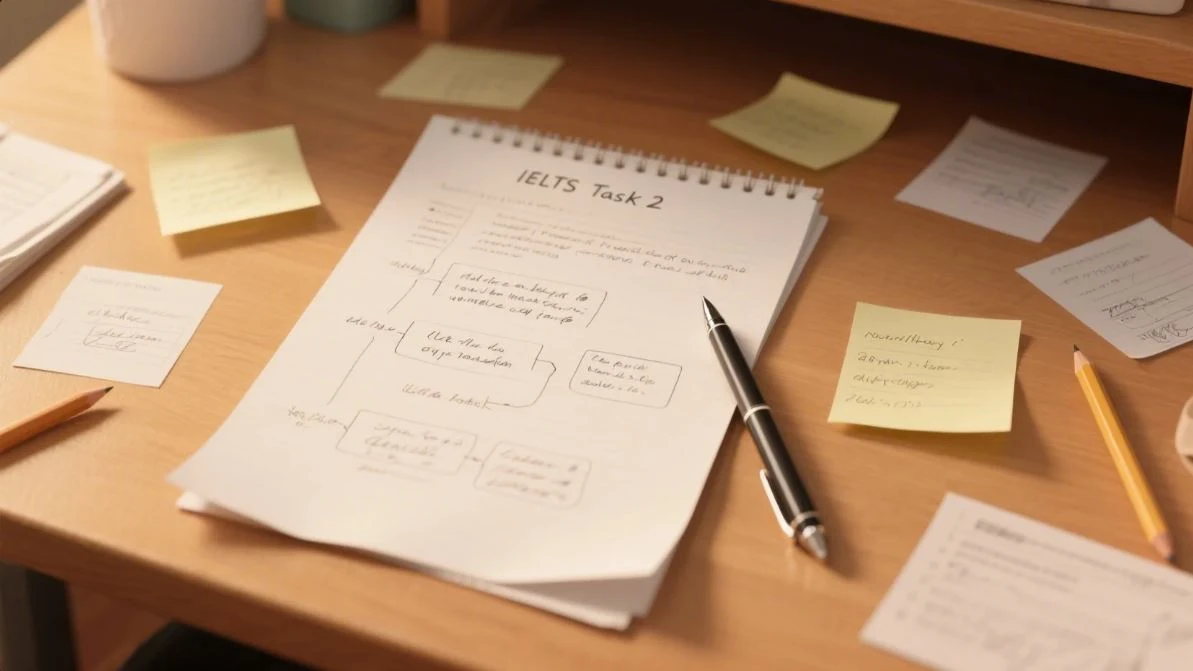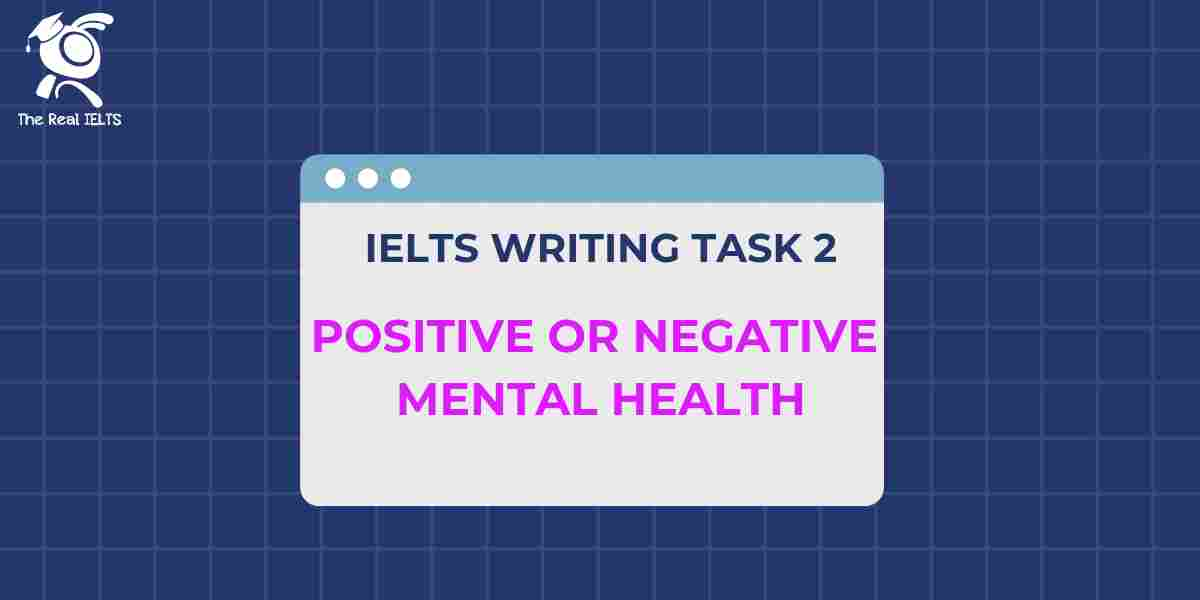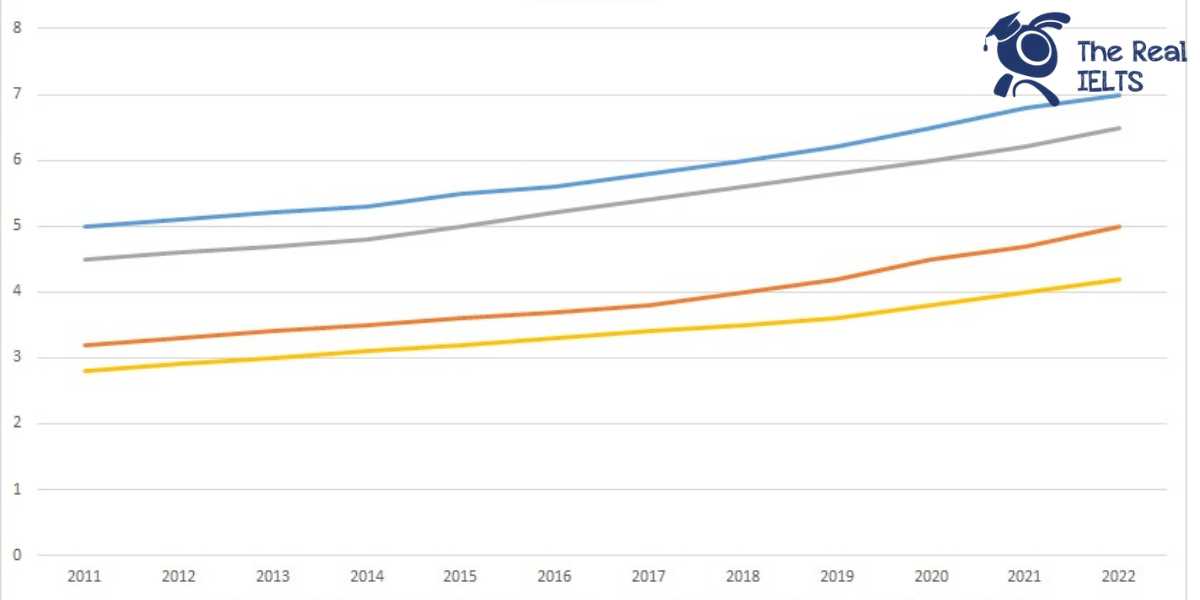Đề thi IELTS Reading có tiêu đề “The Role of Art in Society”
Nhớ đọc thêm các bài luyện thi IELTS nhé.
IELTS Reading “The Role of Art in Society“
Art has been an integral part of human civilization since time immemorial, playing a multifaceted role in shaping societies, cultures, and individual identities. As we delve into the topic of “The Role of Art in Society,” it becomes evident that art is not merely a form of aesthetic expression but also a powerful tool for communication, social change, and cultural preservation.
To begin with, art serves as a universal language that transcends cultural, linguistic, and geographical barriers. It allows individuals from different backgrounds to communicate ideas, emotions, and values in a way that words alone cannot. Whether through painting, sculpture, music, dance, or literature, art has the unique ability to evoke emotions, provoke thought, and inspire action. This communicative power of art is particularly significant in a globalized world where diverse cultures intersect, and where understanding and empathy are crucial for peaceful coexistence.
Furthermore, art plays a critical role in reflecting and shaping societal values and norms. Throughout history, artists have used their creative talents to comment on social issues, challenge the status quo, and advocate for change. For instance, the works of Renaissance artists like Leonardo da Vinci and Michelangelo not only celebrated human achievement and beauty but also reflected the cultural and intellectual awakening of the time. Similarly, the politically charged art of the 20th century, such as Pablo Picasso’s “Guernica” or the protest songs of Bob Dylan, served as powerful vehicles for social and political commentary, galvanizing public opinion and influencing movements for civil rights and social justice.
In addition to its role as a catalyst for social change, art also serves as a repository of cultural heritage and identity. Through art, societies preserve their histories, traditions, and collective memories, passing them down from one generation to the next. Indigenous art forms, for example, often encapsulate the spiritual beliefs, rituals, and histories of native communities, providing insight into their worldviews and ways of life. The preservation of such art forms is essential not only for maintaining cultural diversity but also for fostering a sense of belonging and continuity within communities.
Moreover, art contributes to the emotional and psychological well-being of individuals and communities. Engaging with art, whether as creators or as spectators, can be a deeply therapeutic experience. It allows people to express their innermost thoughts and feelings, process complex emotions, and find solace in times of distress. This therapeutic aspect of art is particularly relevant in contemporary society, where issues such as mental health, social isolation, and stress are increasingly prevalent. Public art projects, community murals, and art therapy programs are just a few examples of how art can promote mental well-being and foster social cohesion.
Economically, art also plays a significant role in society. The creative industries, which include visual arts, music, film, and design, are major contributors to the global economy, generating jobs, income, and cultural capital. Cities and nations that invest in their artistic and cultural sectors often reap substantial economic benefits, attracting tourism, fostering innovation, and enhancing the overall quality of life. The success of cultural hubs such as Paris, New York, and Tokyo, where art and culture are integral to the local economy and identity, underscores the importance of art as an economic driver.
However, the role of art in society is not without its challenges and controversies. The commercialization of art, for instance, raises questions about the accessibility of art to the public and the commodification of culture. In some cases, art has become a status symbol for the wealthy, with high-priced artworks and exclusive galleries reinforcing social inequalities. Additionally, the role of art in public spaces often sparks debates about artistic freedom, censorship, and the representation of marginalized voices.
In conclusion, the role of art in society is complex and multifaceted. Art is not just a form of aesthetic expression; it is a powerful means of communication, a catalyst for social change, a repository of cultural heritage, a contributor to emotional and psychological well-being, and an economic driver. As we navigate the challenges and opportunities of the modern world, it is essential to recognize and nurture the role of art in shaping a more empathetic, inclusive, and vibrant society.
Đề bài thi IELTS Reading
Multiple Choice (MCQ)
- What is the primary role of art according to the passage?
- A) Aesthetic expression
- B) Communication tool
- C) Economic driver
- D) Therapeutic medium
- How does art serve as a universal language?
- A) By challenging societal norms
- B) By evoking emotions across cultures
- C) By preserving history
- D) By being economically beneficial
- Which of the following artists is mentioned as an example of using art for social change?
- A) Leonardo da Vinci
- B) Pablo Picasso
- C) Vincent van Gogh
- D) Andy Warhol
- What is one of the significant roles of art in society as mentioned in the passage?
- A) Preserving biodiversity
- B) Enhancing economic growth
- C) Serving as a cultural repository
- D) Promoting physical health
- How is public art described in the passage?
- A) Exclusive and inaccessible
- B) An economic burden
- C) A way to promote social cohesion
- D) A form of commercialization
- What is a challenge mentioned in the passage regarding the role of art in society?
- A) Overemphasis on aesthetic value
- B) The commercialization of art
- C) Lack of creative freedom
- D) Inadequate economic contributions
- Which of the following cities is cited as an example of a cultural hub?
- A) Rome
- B) Paris
- C) London
- D) Sydney
- Why is the preservation of indigenous art forms important?
- A) For maintaining social status
- B) For economic development
- C) For fostering a sense of continuity
- D) For promoting modern art
True/False/Not Given (T/F/NG)
- Art is primarily a modern development.
- True
- False
- Not Given
- The passage states that art can influence public opinion.
- True
- False
- Not Given
- Art has no role in preserving history.
- True
- False
- Not Given
- The passage suggests that art is more important than science.
- True
- False
- Not Given
- The passage mentions that art contributes to reducing urban congestion.
- True
- False
- Not Given
Yes/No/Not Given (Y/N/NG)
- Does the author believe that art can have a therapeutic effect on individuals?
- Yes
- No
- Not Given
- Is it suggested that all forms of art are economically beneficial?
- Yes
- No
- Not Given
- Does the author claim that art should be made more exclusive to maintain its value?
- Yes
- No
- Not Given
Matching Information
- Match the paragraph with the corresponding information:
- A) The economic impact of art
- B) The preservation of cultural heritage through art
- C) Art as a tool for social change
- D) Art as a universal language
Matching Headings
- Choose the most appropriate heading for each paragraph:
- A) “Art as a Global Communicator”
- B) “Challenges in the Art World”
- C) “The Economic Value of Art”
- D) “Art and Mental Well-being”
Matching Features
- Match the following artists with their contributions:
- A) Leonardo da Vinci
- B) Pablo Picasso
- C) Bob Dylan
- D) Michelangelo
Matching Sentence Endings
- Match the beginnings of sentences with their appropriate endings:
- A) Art serves as a way to preserve…
- B) Artists often challenge…
- C) Public art projects can…
- D) The commercialization of art can…
- …reinforce social inequalities.
- …cultural heritage and identity.
- …societal norms and advocate for change.
- …promote mental well-being.
Sentence Completion
- Art is described as a tool for ______________ that transcends cultural barriers.
- A) communication
- The passage suggests that art has the ability to ______________, inspire action, and provoke thought.
- A) evoke emotions
- One of the roles of art is to act as a ______________, passing down traditions and histories.
- A) cultural repository
- Engaging with art can be a therapeutic experience, especially in addressing issues like ______________.
- A) mental health
Summary, Note, Table, Flow-chart Completion
25-28. Complete the summary using the words from the passage: “Art plays a significant role in society by acting as a universal ______________, a means for ______________, a repository of ______________, and an economic ______________.”
Diagram Label Completion
29-32. Label the diagram representing the different roles of art:
- A) Communication
- B) Preservation
- C) Therapy
- D) Economic Value
Short Answer Questions
- What is one way art helps in fostering social cohesion?
- Which Renaissance artists are mentioned in the passage?
- How does art contribute to cultural preservation?
- What does the passage suggest about the role of art in mental well-being?
- What challenge does the passage highlight regarding the commercialization of art?
- Which cities are mentioned as cultural hubs in the passage?
- How does the passage describe the economic impact of art?
- What does the passage suggest about the relationship between art and social change?
Đáp án bài thi IELTS Reading
Multiple Choice (MCQ)
- B) Communication tool
- B) By evoking emotions across cultures
- B) Pablo Picasso
- C) Serving as a cultural repository
- C) A way to promote social cohesion
- B) The commercialization of art
- B) Paris
- C) For fostering a sense of continuity
True/False/Not Given (T/F/NG)
- False – Art has been integral to human civilization since time immemorial.
- True – Art can influence public opinion and advocate for change.
- False – Art serves as a repository of cultural heritage.
- Not Given – The passage does not compare the importance of art and science.
- False – The passage does not mention art’s role in reducing urban congestion.
Yes/No/Not Given (Y/N/NG)
- Yes – The passage mentions art’s therapeutic effect on individuals.
- No – The passage mentions economic benefits but does not claim all forms of art are beneficial.
- No – The author discusses the commercialization of art but does not suggest exclusivity.
Matching Information
- The economic impact of art → Paragraph 5
- The preservation of cultural heritage through art → Paragraph 3
- Art as a tool for social change → Paragraph 2
- Art as a universal language → Paragraph 1
Matching Headings
- Paragraph 1 → A) “Art as a Global Communicator”
- Paragraph 6 → B) “Challenges in the Art World”
- Paragraph 5 → C) “The Economic Value of Art”
- Paragraph 4 → D) “Art and Mental Well-being”
Matching Features
- Leonardo da Vinci → Renaissance artist reflecting cultural awakening
- Pablo Picasso → Politically charged art for social change
- Bob Dylan → Protest songs for civil rights movements
- Michelangelo → Renaissance artist reflecting cultural awakening
Matching Sentence Endings
- Art serves as a way to preserve → 2) cultural heritage and identity.
- Artists often challenge → 3) societal norms and advocate for change.
- Public art projects can → 4) promote mental well-being.
- The commercialization of art can → 1) reinforce social inequalities.
Sentence Completion
- communication
- evoke emotions
- cultural repository
- mental health
Summary, Note, Table, Flow-chart Completion
25-28. Complete the summary using the words from the passage:
- language
- social change
- cultural heritage
- driver
Diagram Label Completion
29-32. Label the diagram representing the different roles of art:
- A) Communication
- B) Preservation
- C) Therapy
- D) Economic Value
Short Answer Questions
- Public art projects and community murals can promote social cohesion.
- Leonardo da Vinci and Michelangelo are mentioned.
- Art acts as a repository of cultural heritage, preserving traditions and history.
- Art is described as having therapeutic effects, promoting mental well-being.
- The commercialization of art can reinforce social inequalities.
- Paris, New York, and Tokyo are mentioned as cultural hubs.
- Art contributes to the economy by generating jobs and attracting tourism.
- Art serves as a tool for social change, influencing public opinion and advocating for justice.
Luyện tập bài khác ở bài viết:”100 bài luyện IELTS Reading 2024 – 2025“


